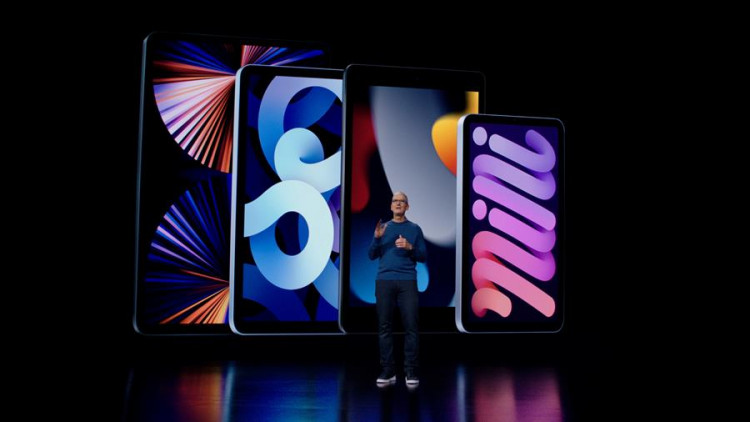According to insiders quoted by the media on Thursday, July 20th, Apple is encountering challenges while assembling the soon-to-be-released iPhone 15 Pro and Pro Max models. These challenges may result in a shortage of these two new models upon their release in September.
Apple's suppliers are employing a new manufacturing process for these two models that will allow for significant reduction in display screen border widths. Compared to previous models, this will give the iPhone 15 Pro a slightly larger screen without increasing the size of the phone itself.
One knowledgeable source shared that the new process has complicated the production of displays by LG Display, one of Apple's screen suppliers. Similar manufacturing challenges were encountered when Apple first began using the same process for the Apple Watch 7 in 2019. This problem delayed the release of the Apple Watch 7 by a month.
However, those involved in the production of the new iPhones stated that this issue is more likely to result in a decreased supply of the new phones at launch rather than delaying their release. The problem is more pronounced for the iPhone 15 Pro Max, which might face a more severe shortage compared to the iPhone 15 Pro.
With the exception of the 2020 supply chain disruptions due to COVID-19, Apple has been releasing new versions of the iPhone every September for several years. For investors, continuing to release new products in September is crucial, as sales of the new iPhone significantly impact Q4 results.
Importantly, these technical issues affect the high-end iPhone products. The Pro and Pro Max series iPhones usually retail for at least $200 more than the base models, suggesting higher profit margins. A supply shortage of these phones upon release could negatively affect Apple's short-term financial performance.
Near closing time on Thursday, Apple's stock price fell by over 1%.
The iPhone 15 Pro and Pro Max are currently in a manufacturing stage known as "risk elevation." Foxconn, responsible for the final assembly of the phones, has produced hundreds of thousands of these devices to test for defect-free reliability. Traditionally, Apple commences large-scale production of new phones in August, reaching millions of units, which usually start shipping to customers by the end of September.
The insiders stated that the displays manufactured by LG failed reliability tests after adopting a new process called Low Injection Pressure Overmolding (LIPO). Apple has been adjusting the design of the displays produced by LG to ensure they pass the tests.
In addition to LG, Apple can still use displays manufactured by its primary supplier, Samsung, to continue assembling a large number of new phones.
This year's upcoming new iPhone models are expected to feature some of the most significant upgrades in recent years. They will include a USB-C port (replacing Apple's proprietary Lightning charging port), a titanium frame, and new multi-configuration operating buttons (replacing the traditional mute switch). The iPhone 15 Pro will also use chips made with the most advanced semiconductor manufacturing process, which will greatly improve battery life and performance compared to previous generations.
Based on media leaks and insider information, the iPhone 15 series released this year may include four models - two regular models and two large-screen models. The iPhone 15 and iPhone 15 Pro are expected to have 6.1-inch OLED displays, and the iPhone 15 Plus and iPhone 15 Pro Max are expected to have larger 6.7-inch screens. Some leaked renderings suggest that the screen sizes of the first two iPhones may increase slightly to 6.2 inches.





